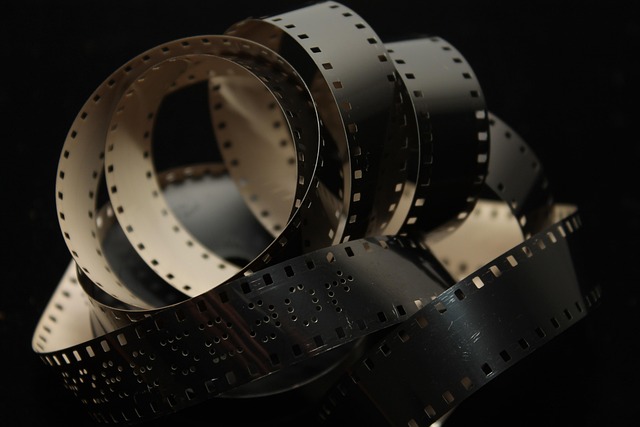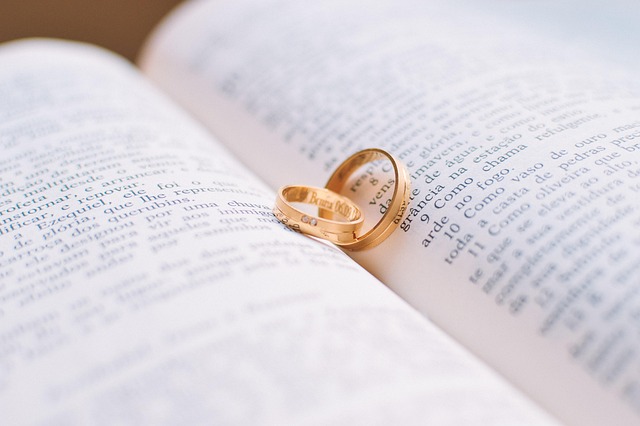
Exploring the Impact of Cuts on Modern Cinema Culture
The world of cinema has always been intertwined with the cultural fabric of society. Films not only entertain but also reflect and shape the zeitgeist of their time. As we delve into modern entertainment, one element stands out as both a creative tool and a point of contention: the cut.
In film editing, the cut serves as a pivotal mechanism that determines the rhythm, emotional weight, and narrative clarity of a story. With the rise of digital technology, filmmakers have unprecedented access to a myriad of cutting techniques that allow them to manipulate the pacing and tone of their projects. From quick cuts that heighten tension in action scenes to slow fades that invite introspection, the cut has become a language of its own within the cinematic arts.
However, the impact of the cut extends far beyond the editing room. In today’s fast-paced entertainment landscape, audiences have developed a short attention span, expecting rapid-fire visuals and constant stimuli. This has led to an over-reliance on quick cuts, transforming the way stories are told. While this style can create excitement, it can also lead to a superficial experience, where depth takes a backseat to spectacle.
The culture of cinema today grapples with this dichotomy. Filmmakers are challenged to find a balance between the visceral thrill of rapid editing and the emotional resonance that comes from longer takes and more contemplative moments. The cut has the power to draw viewers in, but it can just as easily push them away, leaving them feeling disconnected from the narrative.
Moreover, this phenomenon is not isolated to mainstream films. Independent cinema, often seen as a bastion of creativity, is also influenced by the rapid evolution of cutting techniques. Filmmakers are questioning traditional norms, experimenting with edits that challenge conventional storytelling. The cut has become a canvas for innovation, enabling artists to express complex themes through unique narrative structures.
As modern entertainment continues to evolve, the conversation around the cut is becoming increasingly significant. This dialogue extends to the cultural implications of editing practices; it raises questions about audience engagement, emotional connection, and the artistry of film itself. What does it mean for our culture when a split-second decision in an editing suite can influence the way we experience and understand narratives?
In reflection, as viewers, we must consider how these choices shape our cinematic experiences. The cut, in all its powerful simplicity, is more than just a technical aspect of filmmaking; it is a defining feature of modern cinema’s cultural impact. With each frame, we are drawn into a deeper exploration of our collective identities, societal narratives, and the ever-evolving language of film.



